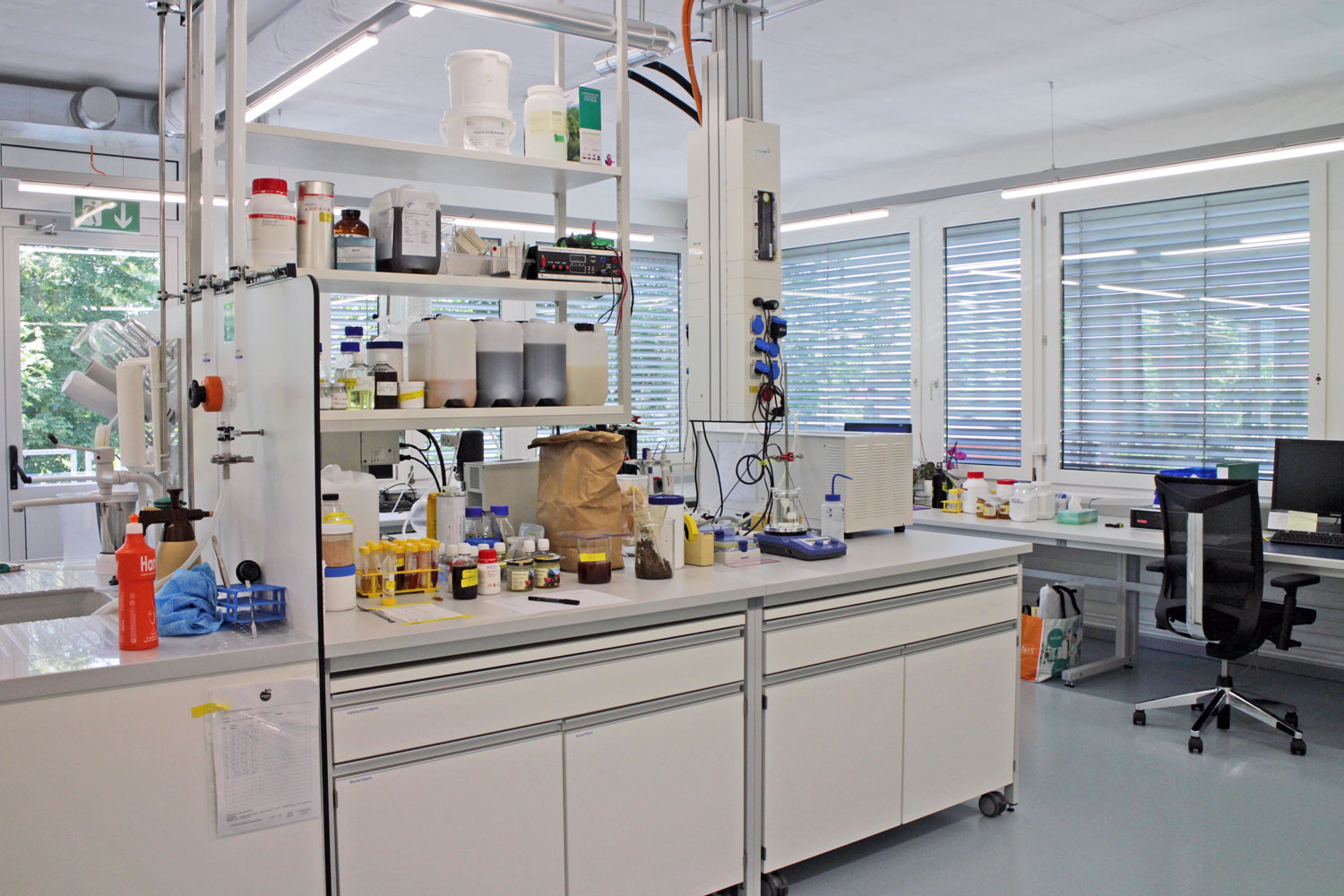This is a translation of my German blogpost Hinter den Beauty-Kulissen… ProTec Ingredia GmbH Proudly Presents: Wie die Sicherheit von kosmetischen Wirkstoffen gewährleistet wird. Enjoy!
In cooperation with ProTec Ingredia // When I buy a new beauty product I usually think about the effects of the product on my skin, or I’m excited about the interesting ingredients that are contained in the formula. A topic that I rarely think about and I suspect most people don’t either, are the rules and regulations that govern cosmetic products in Europe. Here in the European Union, we have a very strict regulatory framework that not only applies to the finished product you’re holding in your hand but to every single raw ingredient included in the product formula.
Since 2013, all 27 member states of the EU must ensure that the EU Regulation on Cosmetic Products (EC) No 1223/2009 – which guarantees product safety and therefore protects the consumer – is enforced in their countries.
But what does this framework mean for the development of new cosmetic ingredients and which safety evaluations and research data are necessary to comply with EU rules? I found out more about this fascinating topic during a visit to ingredients manufacturer Mibelle Biochemistry in Switzerland.
What exactly does Regulatory & Compliance mean?
During my visit to Mibelle Biochemistry’s headquarters, I also had the opportunity to speak with Regulatory Affairs Specialist Nicola Hofmann, who works in the company’s Regulatory & Compliance department. Nicola trained as a laboratory chemist and has a lot of experience with research studies and product development.
The English term Regulatory & Compliance already indicates what it means: The conformity (or compliance) with existing regulations and laws for cosmetic products. As part of her job, Nicola ensures that the active ingredients developed by Mibelle Biochemistry comply with legal requirements across the globe by assembling all raw data and scientific studies associated with this ingredient, and clarifying any regulatory questions.
Unfortunately, there are no globally binding statutory requirements for cosmetics. Each country has its separate regulatory frameworks or guidelines which are constantly updated and further developed. A beauty product that complies with EU regulations might not do so with the national requirements in the US or Korea. And these country-specific frameworks can be very different indeed, setting out individual requirements for the dosage of an ingredient (how much of this ingredient is allowed in a product), the way that ingredients must be listed on the packaging (all ingredients or just key actives; should they be listed in order of predominance – with the ingredients used in the greatest amounts going first – or randomly), and even efficacy claims, i.e. the effects that an active ingredient will have on the skin.
As a Regulatory Affairs Specialist Nicola must always be informed about what’s happening in the world of international cosmetic regulations. She reads a lot of international newsletters, visits conferences and seminars and sources information from different national and international trade associations.
The Technical Data Dheet
For each ingredient, Mibelle Biochemistry‘s Regulatory & Compliance department creates a technical data sheet that brings together all scientific data associated with the ingredient. This technical documentation attempts to answer any queries that might arise while the ingredient is used in a cosmetic product, and therefore ensures the safe usage of the ingredient.
Technical data sheets are long and very detailed. Typical information includes the precise INCI name for the ingredient, a detailed description of the production process and/or the conservation of the ingredient, the results of all toxicological and microbiological analyses and studies, the testing of the ingredient for residuals or solvents; any regulatory aspects associated with the ingredient and, if applicable, information about the approval or registration of the raw ingredient in other countries. Another important part of the data sheet are certifications, like the organic seals of Cosmos or NaTrue but also any halal certifications and in the case of plant-based raw ingredients, whether the ingredient complies with the Nagoya Protocol.
The Regulatory & Compliance specialists work very closely with Mibelle’s other departments so that all technical data generated by the ingredient is collated as efficiently and quickly as possible. The company also conducts exhaustive safety and efficacy studies which are often time-consuming since they are based on alternative methods to animal testing, or epicutaneous testing (patch tests) which take place in external institutes.
An integral part of the product development process
For an innovation-driven manufacturer like Mibelle Biochemistry (on the picture above you can see some of the awards Mibelle has received for its ingredients and manufacturing innovations), the complicated and very different international regulatory frameworks can also pose a challenge. The company has to ensure that the creativity, ingenuity and innovative force of its staff aren’t being stifled and that the launch of their new ingredient won’t be delayed. Therefore the Regulatory & Compliance department is involved in the ingredient production from the very beginning. Nicola Hofmann and her team accompany the new ingredient from its inception throughout the entire process until the actual product launch, when they help to draw up the final marketing materials. Nicola’s goal is to ensure that the finished ingredient is safe and effective which in turn is protecting the consumer. At the same time, she is using her knowledge and experience to encourage the further development of innovative raw ingredients.
Have you ever heard of “biothecology”? The next chapter of our beauty serial will be all about the ecology of the future. Stay tuned!




